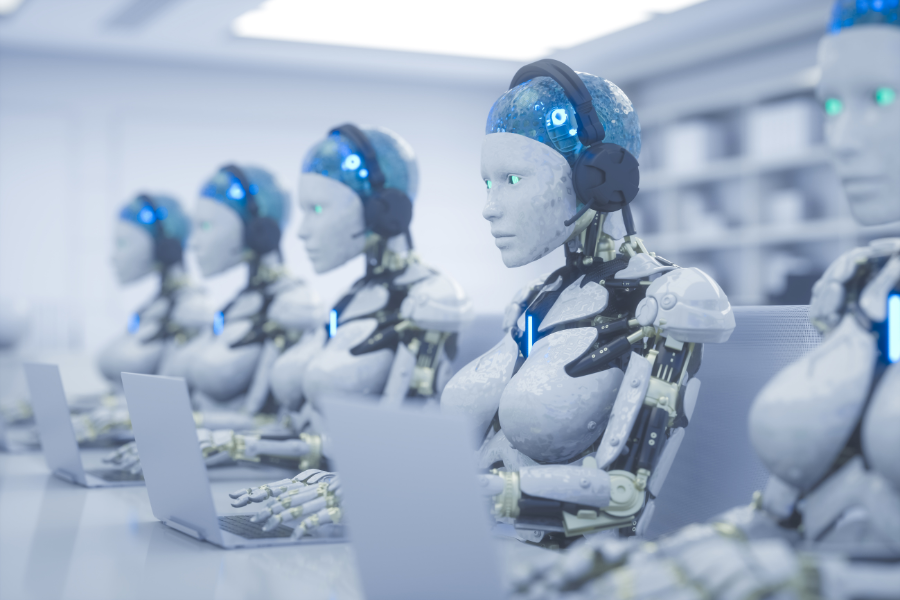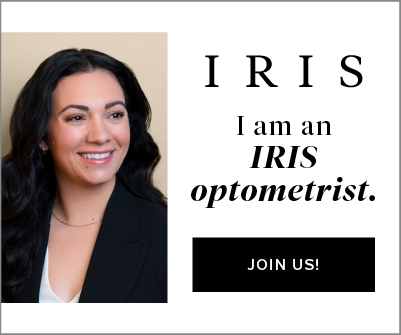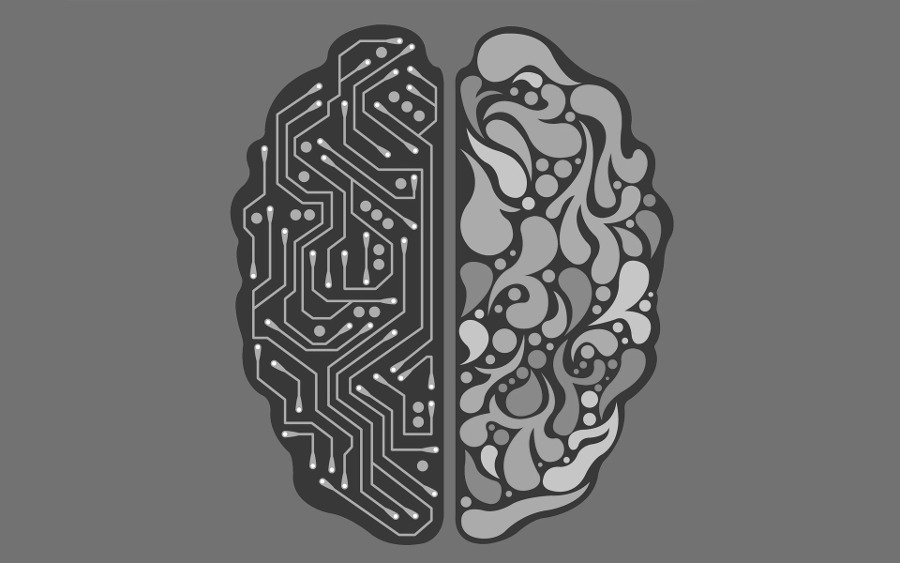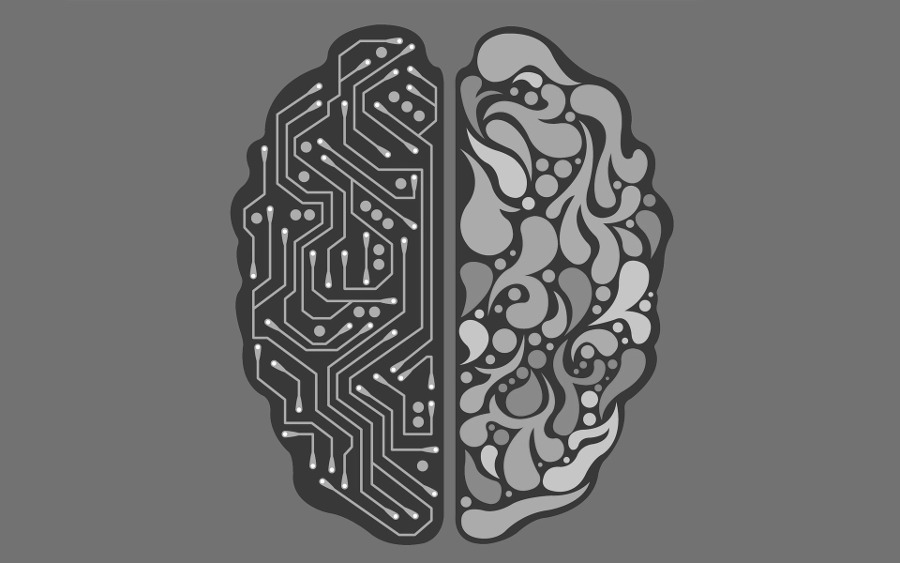
Absolutely, in both good and not-so-good ways.
On the positive side of the score sheet, there are branches of AI, like ChatGPT, for example, that can and will take pressure off early adopter HR staff by picking up some of the more mundane day-to-day tasks. ChatGPT has been trained with extensive data sets and can generate very human-like responses to requests and tasks. If AI can write job descriptions, answer standard employee questions, and develop contracts and policies, there will be more time for HR staff to focus on bigger issues.
On the less positive side of the score sheet, the rise of AI could be considered another issue on a long list of challenges for hiring managers. If you’re hiring someone based on a well-written resume, you may have more concerns than the typical embellishments. One of the most pressing concerns is the ability of AI to craft convincing cover letters and resumes. So convincing that it could be difficult for hiring managers to distinguish between genuine and not-so-genuine candidates.
If resume-based hiring is your process, be prepared for some surprises. AI is astonishingly more advanced than you think, and its human-like writing can make it indistinguishable from the ‘real thing.’ This evolution of technology is inevitable, but those responsible for hiring must be aware and take steps to make informed decisions. One very effective way is to ensure the resume is only one piece of the overall hiring puzzle and to use other technologies, like behavioral assessment tools, to truly identify a candidate’s qualifications and potential fit for the role.
Measure what really matters. Look beyond the resume (no matter how well it’s written) to develop a comprehensive understanding of a person’s skills, knowledge and aptitude. Shine a light on strengths and weaknesses and discover hidden talents. If you are responsible for hiring, consider options to help you find candidates that are the right fit for the job, the team, and the manager.
Fit First® Technologies, offers a range of tools and services to help employers identify the best candidates for the role and ensure they are a good fit for the organization. Our proprietary assessment platform uses a combination of behavioral assessments, cognitive assessments, and personality assessments to evaluate candidates. This platform can be customized to suit the specific needs of the organization and the role and can be used to assess candidates at all levels, from entry-level to executive.
If you think AI couldn’t fool you, you might be surprised to know this was written, in large part, by ChatGPT and edited by Grammarly.
Even robots can have personalities (if you tell them what personality to have).

TIM BRENNAN
is Chief Visionary Officer with Fit First Technologies Inc, the creators of Eyeployment, TalentSorter and Jobtimize.


















